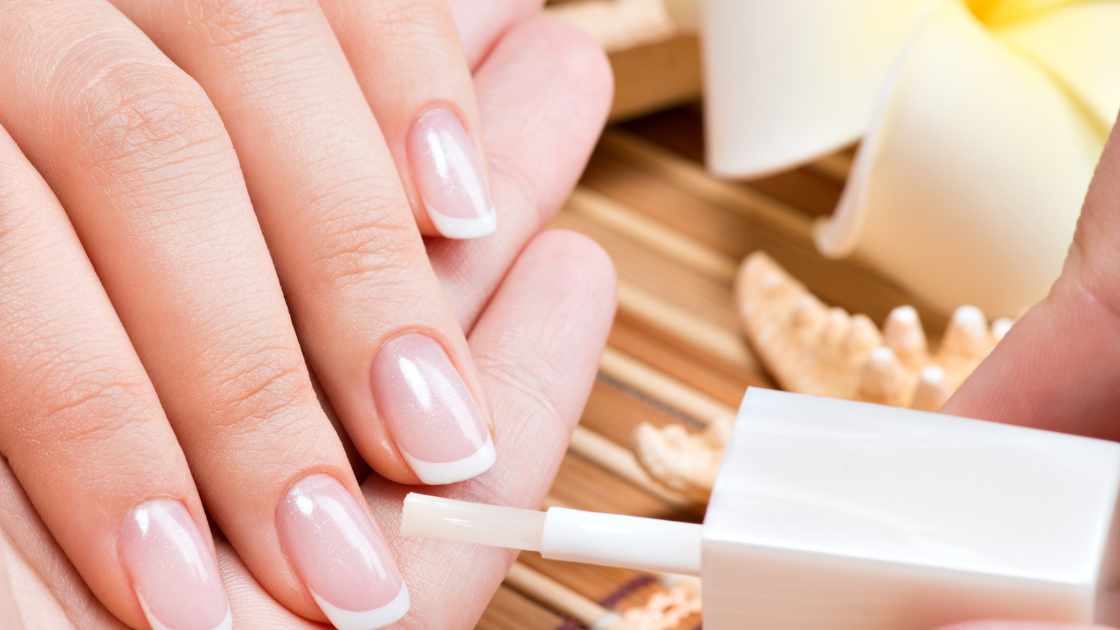Toenail removal, whether due to infection, injury, or medical conditions like ingrown toenails, requires careful post-procedure care to ensure proper healing and prevent complications. This article provides a detailed guide on how to care for your toe after nail removal, covering immediate care, ongoing maintenance, and signs to watch for that may indicate complications.
Immediate Post-Procedure Care
Follow Medical Advice: Always adhere to the instructions given by your healthcare provider. They will provide specific guidance based on the type of procedure and your individual health needs.
Keep the Area Clean and Dry: Initially, keep the bandage on for the first 24 hours to protect the wound. After removing the bandage, clean the toe gently with soap and water. Pat it dry with a clean towel. Avoid soaking the toe unless advised by your doctor.
Bandaging: Re-bandage the toe with a sterile dressing to keep it protected. Change the dressing daily or more frequently if it becomes wet or dirty. Use non-stick gauze to prevent the bandage from adhering to the wound.
Pain Management: Over-the-counter pain relievers like ibuprofen or acetaminophen can help manage pain and reduce inflammation. Follow the dosage instructions on the packaging or as prescribed by your doctor.
Elevate Your Foot: Elevate your foot above heart level whenever possible, especially in the first 24-48 hours. This helps reduce swelling and promotes healing.
Ongoing Care and Maintenance
Daily Cleaning: Clean the toe gently each day. Use mild soap and water, then dry thoroughly. Avoid using harsh antiseptics unless recommended by your healthcare provider.
Monitor for Infection: Watch for signs of infection such as increased redness, swelling, warmth, pus, or an unpleasant odor. If any of these symptoms occur, contact your doctor immediately.
Wear Proper Footwear: Choose shoes that provide adequate room for your toes, avoiding pressure on the healing area. Open-toed or loose-fitting shoes can be beneficial during the initial healing phase.
Avoid Strenuous Activity: Limit activities that put pressure on your toe, such as running, jumping, or prolonged standing, until your doctor advises it is safe to resume normal activities.
Moisturize: Once the wound has healed sufficiently, keeping the skin around the toe moisturized can help prevent dryness and cracking. Use a gentle, unscented moisturizer.
Signs to Watch For
Persistent Pain and Swelling: While some pain and swelling are normal, persistent or worsening symptoms could indicate a problem. Consult your healthcare provider if you experience prolonged discomfort.
Discoloration: Any unusual color changes, such as blue or black areas around the toe, should be reported to your doctor, as these could indicate issues with blood flow.
Fever: A fever can be a sign of systemic infection. If you develop a fever, seek medical attention promptly.
Delayed Healing: If the wound is not showing signs of improvement within a week or appears to be getting worse, contact your healthcare provider.
Long-Term Care
Nail Growth Monitoring: If your toenail is expected to grow back, it may take several months to a year. Keep the area clean and protected during this period. If the nail grows back abnormally, consult your doctor.
Regular Check-Ups: Attend all follow-up appointments with your healthcare provider to ensure the toe is healing properly and to address any concerns promptly.
Preventive Measures: To prevent future issues, practice good foot hygiene. Trim nails straight across, wear well-fitting shoes, and avoid trauma to the toes.
Frequently Asked Questions
How long does it take for my toe to heal after nail removal?
The healing time for a toe after nail removal can vary depending on the individual and the extent of the procedure. Generally, the initial healing phase takes about 2 to 3 weeks, during which you should keep the area clean and protected. Full healing, especially if the toenail is expected to grow back, can take several months to a year. During this time, it’s essential to follow your doctor’s care instructions and monitor the area for any signs of complications.
What can I do to manage pain and discomfort after the procedure?
Managing pain and discomfort after toenail removal involves a few key steps:
Pain Relief Medication: Over-the-counter pain relievers such as ibuprofen or acetaminophen can help alleviate pain and reduce inflammation. Always follow the dosage instructions on the packaging or as prescribed by your doctor.
Elevation: Elevate your foot above heart level whenever possible, especially in the first 24-48 hours post-procedure, to reduce swelling and discomfort.
Proper Bandaging: Keep the toe bandaged with a sterile dressing to protect the wound and reduce friction that could cause pain. Change the bandage daily or whenever it becomes wet or dirty.
Rest and Avoid Pressure: Limit activities that put pressure on the toe, such as prolonged standing, walking, or engaging in sports. Wear open-toed or loose-fitting shoes to minimize pressure on the healing toe.
How can I tell if my toe is infected, and what should I do if it is?
Signs of infection in your toe after nail removal include:
Increased Redness and Swelling: While some redness and swelling are normal, a significant increase or spreading redness is concerning.
Pain and Warmth: Intensified pain or a warm sensation around the area can indicate an infection
Pus or Discharge: The presence of pus, a thick yellow or green discharge, or a foul odor is a clear sign of infection.
Fever: A systemic sign like a fever may also indicate an infection.
If you notice any of these signs, it’s crucial to contact your healthcare provider immediately. They may prescribe antibiotics or recommend additional treatments to address the infection and prevent further complications. Keeping the area clean and dry, as well as following all post-procedure care instructions, can help reduce the risk of infection.
Final Thought
Proper care after toenail removal is crucial for promoting healing and preventing complications. By following immediate post-procedure instructions, maintaining ongoing cleanliness, monitoring for signs of infection, and adhering to long-term care practices, you can ensure a smooth recovery. Always consult your healthcare provider with any concerns or unusual symptoms to keep your healing process on track.




